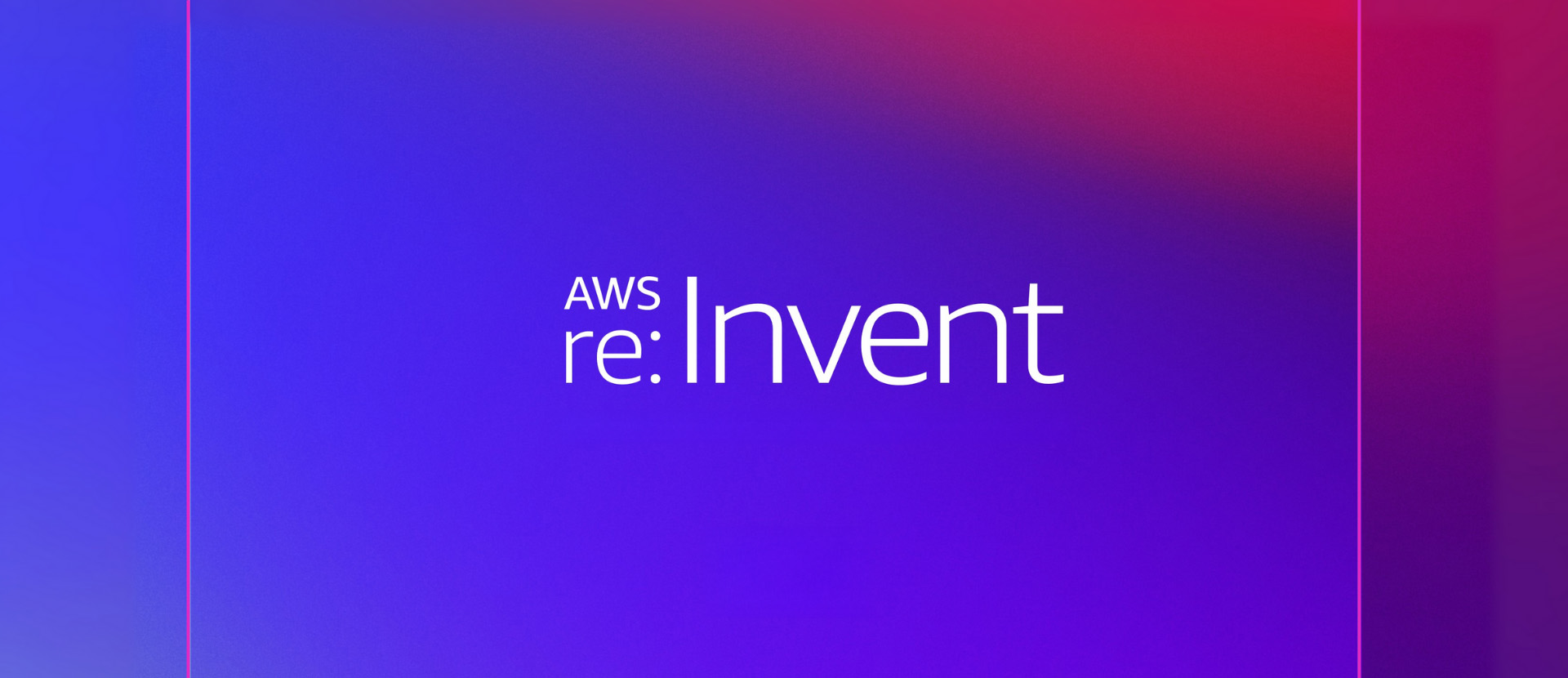The moment hackers breached Tesla’s AWS cloud environment through a vulnerable Kubernetes console in 2018, cybersecurity teams across industries took notice. While not specifically a WordPress vulnerability, this high-profile incident highlighted a crucial truth: Even tech giants aren’t immune to security oversights.
The stakes couldn’t be higher for enterprises running WordPress—the platform powering an astonishing 40% of the web. When organizations like WhiteHouse.gov, NASA, Bloomberg Professional, and The Walt Disney Company trust WordPress for their digital presence, they’re not just embracing its flexibility but betting on its security architecture.
What these enterprise success stories reveal is fascinating: how organizations implement, maintain, and govern their installations makes all the difference in WordPress security. The gap between a vulnerable WordPress site and an enterprise-grade, impenetrable digital fortress often comes down to strategic decisions rather than platform limitations.
Let’s explore the wisdom behind these approaches and discover how top enterprises leverage WordPress while maintaining world-class security postures.
Strengthening Authentication & Access Control
Think of your WordPress authentication system as the front door to your digital headquarters. When it houses your most valuable assets, would you protect your physical office with just a simple lock?
Two-Factor Authentication (2FA) & Single Sign-On (SSO)
The days of simple username and password combinations providing adequate security are long gone. For enterprise WordPress installations, implementing 2FA is non-negotiable for administrator accounts and users with elevated privileges.
Several robust solutions exist specifically for WordPress environments:
– Duo Security: Offers push notifications, phone calls, and SMS verification
– Google Authenticator: Provides time-based one-time passwords
– WP 2FA: A dedicated WordPress plugin with flexible authentication options
However, enterprises seeking proper security integration should look beyond standalone 2FA toward Single Sign-On (SSO) solutions. SSO allows centralized authentication management and stronger security controls across your entire digital ecosystem. Integrating WordPress with enterprise identity providers like our partner SAP CDC or Okta offers several advantages:
– Centralized user management
– Consistent security policies
– Reduced password fatigue
– Simplified offboarding processes
Role-Based Access Control (RBAC)
Have you ever considered that most WordPress security breaches don’t start with sophisticated hacking techniques but with excessive user privileges? The principle of least privilege should govern your approach to WordPress user roles.
WordPress has six built-in roles (Super Admin, Administrator, Editor, Author, Contributor, Subscriber), but these default roles often grant more permissions than necessary. Enterprise installations benefit from custom roles that precisely match job functions. Plugins like “Advanced Access Manager” or “Members” allow for granular permission settings, enabling you to:
– Create project-specific roles
– Limit access to specific sections of the dashboard
– Restrict plugin and theme management
– Control media library permissions
💡 Pro Tip: Never use shared admin accounts. Each user should have unique credentials with activity logging enabled. This practice ensures accountability and simplifies forensic analysis if a security incident occurs.
Password Policies
Despite advances in authentication technology, passwords remain a critical security component. A secure WordPress installation should enforce the following:
– Minimum 16-character passwords
– Complexity requirements (uppercase, lowercase, numbers, special characters)
– Regular password rotation (every 60-90 days)
– Prevention of password reuse
– Account lockout after failed attempts
Plugins like “Password Policy Manager” can enforce these requirements across your WordPress user base, ensuring consistent protection.
Encryption & Secure Communication: Protecting Data in Motion and at Rest
Encryption sits at the heart of modern digital security, transforming valuable information into unreadable code that only authorized parties can access.
Beyond the basic SSL certificate, advanced implementations offer enhanced protection:
– HSTS (HTTP Strict Transport Security): Forces browsers to use secure connections
– Certificate Authority Authorization (CAA): Specifies which certificate authorities can issue certificates for your domain
– TLS 1.3: The latest security protocols with perfect forward secrecy
These headers in WordPress configuration significantly enhance security posture against common attacks like SSL stripping and downgrade attacks.
Encryption at Rest & in Transit
While HTTPS protects data travelling between users and your site, sensitive information needs protection everywhere it exists:
Database Encryption
WordPress stores valuable data in its database, including user information, content, and configuration settings. Transparent data encryption (TDE) at the database level protects this information from unauthorized access, even if attackers gain server access.
Encrypted Backups
Your backups contain everything needed to recreate your site—including sensitive data. AES-256 encryption for all backup files provides strong protection, especially when encryption keys are stored separately from the backups themselves.
Keeping WordPress Core, Themes, and Plugins Updated
Think of WordPress updates as routine maintenance, like changing the oil in your car. Ignoring them can lead to performance issues, security risks, and unexpected breakdowns. Keeping WordPress’ core, themes, and plugins updated ensures that vulnerabilities are patched, new features are integrated, and compatibility remains intact.
The Updates page in the WordPress dashboard is the first stop for monitoring available upgrades. Many plugins also display alerts when a newer version is available, making it easier to stay on top of updates. Occasionally, a notification about something like an outdated Jetpack version might pop up, reminding site administrators that it’s time for an upgrade.
Updating doesn’t take long, but a little caution goes a long way. Rolling out updates on a staging environment first helps catch potential conflicts before they impact the live site. Testing ensures everything runs smoothly, preventing unexpected glitches or disruptions in user experience. While updates may seem routine, they’re fundamental to a secure and well-performing WordPress setup.
Plugin & Theme Security: Reducing Attack Surfaces
The WordPress ecosystem includes over 59,000 plugins and thousands of themes. Each plugin and theme can introduce potential vulnerabilities, making strict governance around third-party code essential for enterprise installations. Ensuring that plugins and themes come from reputable developers, receive regular updates, and remain compatible with the installed WordPress version is crucial for maintaining site security.
Trusted Plugin Selection
The freedom to extend WordPress functionality comes with inherent security considerations. A robust plugin security strategy typically includes several important elements:
– A documented approval process for new plugins
– Security code reviews before deployment
– Commercial, premium plugins from reputable developers
– Documentation of all plugins, including their purpose and security history
– Automated vulnerability scanning for installed plugins
Tools like WPScan and Patchstack continuously monitor plugin ecosystems, with alerts for newly discovered vulnerabilities before potential exploitation.
Custom Development: Security Considerations
Many enterprises require custom functionality beyond what existing plugins provide. When organizations pursue bespoke WordPress solutions, security becomes particularly important.
Code Quality & Standards
Adhering to WordPress coding standards and security best practices ensures a strong foundation for secure development. Input validation and sanitization defend against common exploits, and prepared statements add a critical layer of protection against SQL injection.
Development Lifecycle
Regular security audits, including code reviews and penetration testing, help prevent vulnerabilities from reaching production. Isolated development environments provide an added layer of protection by reducing direct exposure to critical systems.
Risk Management
Custom development introduces unique security considerations, as these solutions lack the community scrutiny popular plugins receive. This reality makes rigorous internal security practices particularly valuable, helping to mitigate risks associated with proprietary code.
Enterprise Hosting & Server Hardening: Building on Solid Foundations
Strong WordPress security begins with a reliable hosting environment. Enterprise-grade deployments require infrastructure engineered for maximum security and efficiency.
Choosing a Secure Host
Several specialized WordPress hosting options address enterprise needs:
– WordPress VIP: Offers the highest security standards with code reviews and continuous monitoring
– WP Engine: Provides enterprise plans with dedicated environments and advanced security
– Kinsta: Features isolated container technology and security guarantees
Self-hosted AWS, Azure, or Google Cloud installations can achieve similar security levels with proper configuration but require more internal expertise.
Web Application Firewalls (WAFs)
A dedicated WordPress WAF analyzes HTTP requests before they reach your installation, blocking malicious traffic and common attack patterns. Enterprise-grade options include:
– Cloudflare Enterprise: Offers customizable rulesets and machine learning-based threat detection
– Sucuri WAF: Provides WordPress-specific protection with virtual patching
These solutions can block over 99% of automated attacks against your WordPress site when properly configured.
DDoS Protection
Distributed Denial of Service (DDoS) attacks represent a significant threat to high-profile enterprise sites. Modern protection requires:
– Globally distributed CDN infrastructure
– Traffic analysis and anomaly detection
– Automatic mitigation strategies
– Bandwidth absorption capabilities
Most enterprise WAF solutions include DDoS protection, but their capacity limits should be evaluated against potential threat profiles.
Compliance: GDPR, PCI-DSS, ISO 27001
Compliance is a key consideration for enterprise WordPress deployments, particularly when handling confidential or regulated information.
GDPR Compliance
For sites serving European users, GDPR compliance includes:
– Implementing clear cookie consent mechanisms
– Creating comprehensive privacy policies
– Establishing data retention limits
– Providing user data export and deletion tools
– Documenting data processing activities
WordPress plugins like “Cookie Notice & Compliance” provide frameworks for implementation, but enterprise sites should consult legal experts to ensure full compliance.
PCI-DSS for E-commerce
WordPress sites processing payment information must comply with Payment Card Industry Data Security Standards (PCI-DSS). Key requirements include:
– Maintaining secure networks and systems
– Protecting cardholder data with encryption
– Implementing strong access control
– Regular security testing and monitoring
Most enterprises should use tokenization through payment processors rather than storing payment information directly in WordPress.
ISO 27001 and SOC 2
These comprehensive frameworks govern information security management systems. WordPress installations within certified environments must align with controls covering:
– Security policies
– Access control
– Cryptography
– Physical security
– Operational security
– Communications security
Security Monitoring & Incident Response
Even with perfect preventative measures, security incidents remain possible. Enterprise WordPress installations need robust monitoring and response capabilities.
Logging & Security Monitoring
Comprehensive WordPress security requires visibility into all activities:
– User logins and failed authentication attempts
– Content changes and publications
– Plugin and theme installations or modifications
– File system changes
– Database queries and modifications
Tools like WP Security Audit Log provide detailed activity tracking, while services like Sucuri offer 24/7 monitoring with human review of suspicious activities.
Incident Response Readiness
Even with comprehensive protective measures in place, security incidents can still occur. Organizations with mature security practices recognize this reality and prepare accordingly with robust incident response and disaster recovery plans.
When security events do happen, having clear procedures already established helps minimize downtime, contain potential damage, and facilitate rapid recovery. These plans outline responsibilities, communication protocols, and technical steps for various incident scenarios.
The most effective disaster recovery strategies complement preventive security measures, creating a comprehensive approach that addresses prevention and response.
Security as a Continuous Process
Enterprise WordPress security is an ongoing commitment. The most secure organizations approach WordPress security as a continuous cycle of assessment, implementation, monitoring, and improvement. Remember that security technologies alone aren’t sufficient. You also need well-trained teams, documented processes, and a security-conscious culture throughout your organization. With these elements in place, WordPress can indeed serve as a secure, enterprise-grade publishing platform for even the most security-sensitive organizations.
Organizations seeking to enhance their WordPress security posture often benefit from expert guidance. Trew Knowledge offers comprehensive WordPress solutions for enterprise environments, including custom development, security audits, implementation assistance, and ongoing maintenance and support. Contact our experts today for personalized guidance on strengthening your WordPress security architecture and implementing enterprise-grade protection for your critical digital assets.


